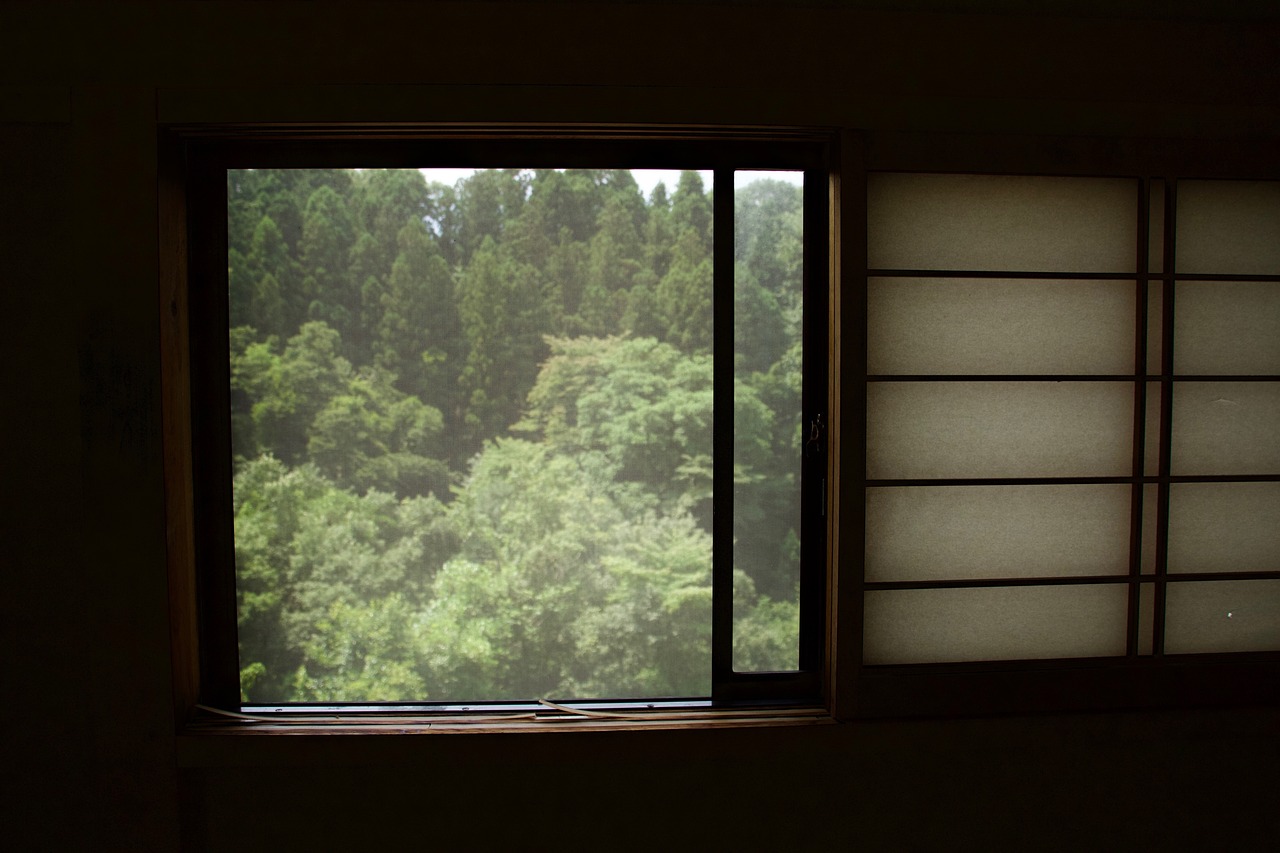STEM
Children
Early Childhood
Medicine
Health
Art and Environment
In 1984, Roger Ulrich published what became a classic paper. It is referred to as the "View Through a Window" paper. I once had a copy but moves and recycling took over.
Ulrich reported on the influence on the recovery rates of patients after bladder surgery (cholecystectomy) who could view natural scenes from their hospital window to those viewing urban scenes. Here is the abstract of the paper published in Science.
Records on recovery after cholecystectomy of patients in a suburban Pennsylvania hospital between 1972 and 1981 were examined to determine whether assignment to a room with a window view of a natural setting might have restorative influences. Twenty-three surgical patients assigned to rooms with windows looking out on a natural scene had shorter postoperative hospital stays, received fewer negative evaluative comments in nurses' notes, and took fewer potent analgesics than 23 matched patients in similar rooms with windows facing a brick building wall.
In a recent article in the Times Literary Supplement (TLS), Robert MacFarlane refers to the Ulrich paper in an essay about healthcare design. You may have noticed this in some healthcare facilities--not nearly as many as I'd like but.... He provides a brief history on this relationship between nature and health care. This slow-growing movement is known as "well-building" and/or "biophilic design." The article is about how a book he wrote with artist Jackie Morris--The Lost Words, has been used in the design of a new building at the Royal National Orthopaedic Hospital (RNOH) in Stanmore (north London, England).
Earlier I wrote a post about the McFarlane-Morris book. In a few words, it is about 20 words for every day, plants and critters that are no longer found in the Oxford Junior Dictionary, A to W. They have been replaced by technical words in common use today--computerese. McFarlane wrote a "spell" for each lost word "and across three double-spreads (Morris) painted in watercolour first the absence of the named creature or plant, then--set in gold leaf--its radiant presence as an icon, and at last its return to the landscape or ecosystem of which it is a part." Here is a glimpse of the book as well as extensive comments by Morris on the book's design.

"The commission was for the atrium and walls of the Royal Orthopaedic Hospital in Stanmore. The history of the hospital linked the outside, the natural world to health. The site had been moved from central London to the greener edges of the city where the air was purer."
(McFarlane begins his TLS essay with a description of an early film showing some of the children from the children's wards at the RNOH collecting buttercups. He calls attention to this link between hospital and nature (outside). "Group nature walks, beds moved outside into the fresh air and outdoor play were all then fully integrated into what would today be called a 'care pathway' for the children...."
The "pitch" Morris made was successful. The task she and designer Alison O'Toole (she was the book's designer) had taken was not small: "to decorate the corridors of four floors of the hospital, eighty panels in total." Morris writes that it was a "very steep learning curve."
Morris's entry is lavishly illustrated and also describes the powerful collaboration between artist, designer and writer. The Stanmore Building opened in early December 2018--on time and within budget! The building is stunning. An aerial view of the building, the accommodations, a picture of patient Rachel opening the building, an image of the atrium in which is suspended an art installation, and a short slide show are found here.

 CGEE Student Voice
CGEE Student Voice
No comments:
Post a Comment